4/6/2013 01:47:52 am
I have not seen Poynton in the flesh, but I think the materials failing has also happened at Ashford - lack of lateral restraint on element paving and not keeping areas closed long enough for materials to properly cure is often the issue.
Jim Moore
4/6/2013 09:58:19 am
"the few cyclists that I did see" says it all really. B H-B is a snake-oil salesman and you seem to have bought a few bottles from him.
UM
4/6/2013 10:58:53 pm
Thanks for your comment. Have you visited Poynton for yourself, to observe how the scheme in question works?
Tim
10/6/2013 02:14:47 am
I have been through Poynton, driving and by bike.
UM
11/6/2013 02:36:55 am
Thanks for the comment. I agree that the novelty of the scheme will only last so long and that it’s likely that this affect contributes towards what I perceived to be slower vehicle speeds and more attentive drivers. However, it is my feeling that in these types of spaces a more important contributing factor that governs people’s behaviour is that of self-preservation and I would argue that this will be far more long-lasting. Regardless of the mechanism at work, looking at older schemes such as New Road in Brighton, they suggest that the changes in driver behaviour are more than just a short-term effect. Plus the Poynton scheme has now been in place for over 12 months. Comments are closed.
|

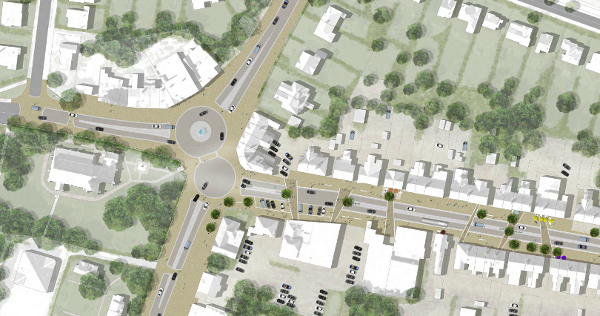
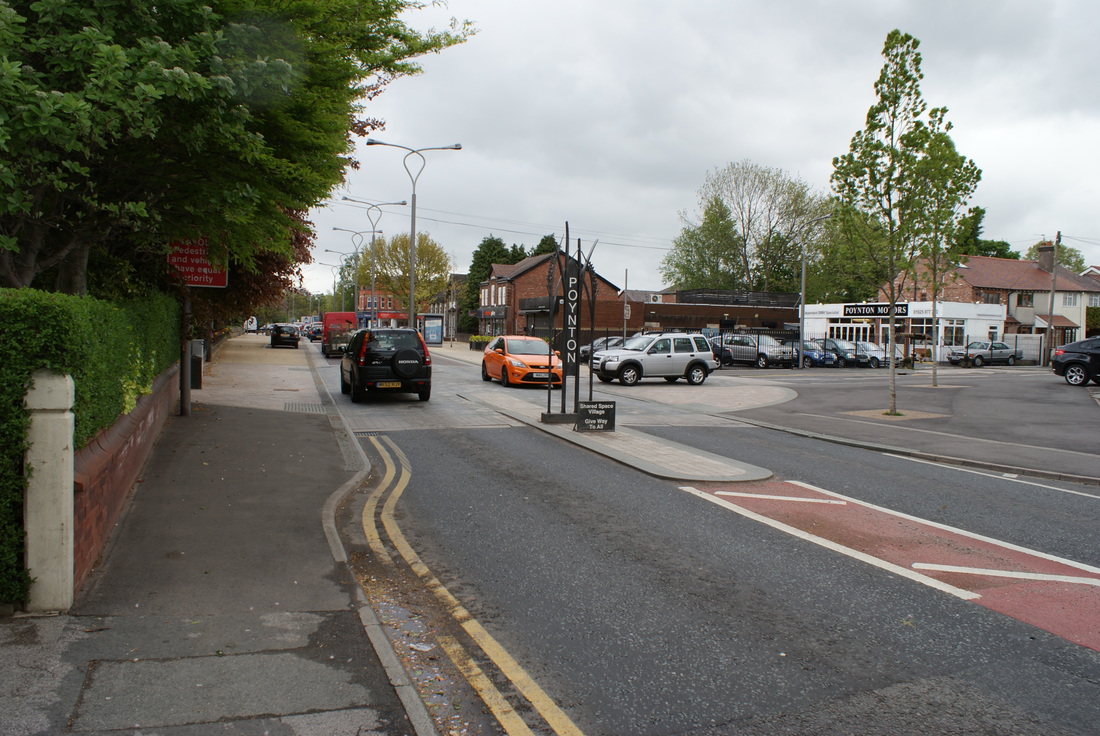
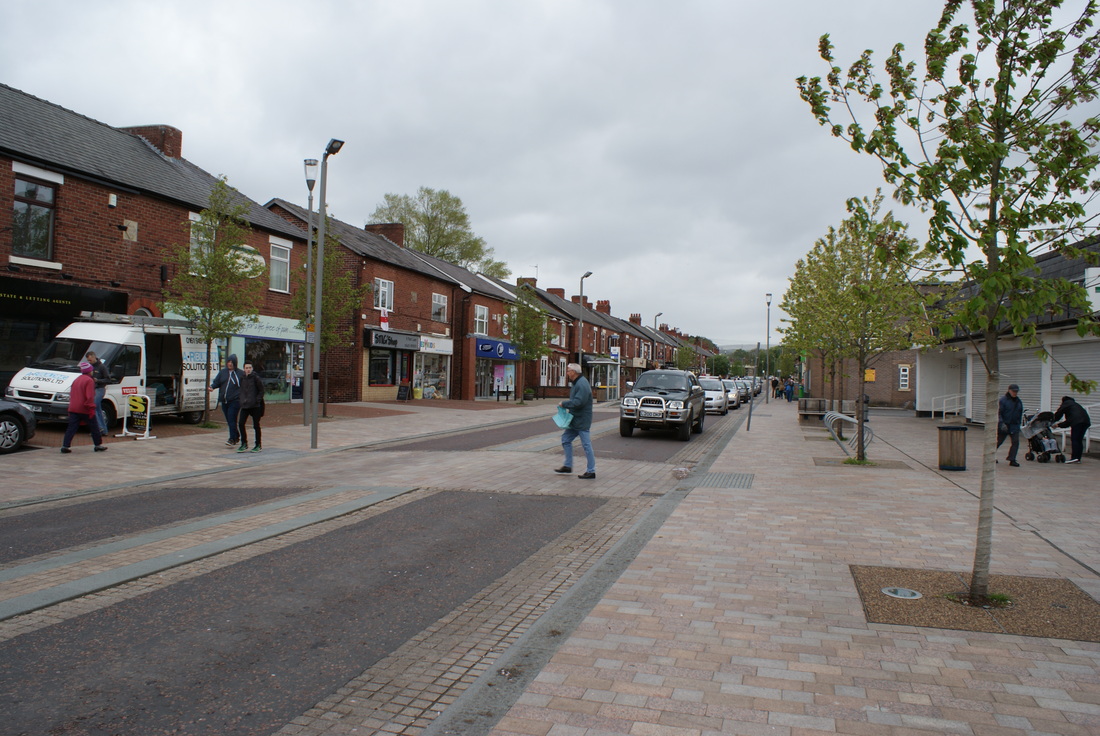
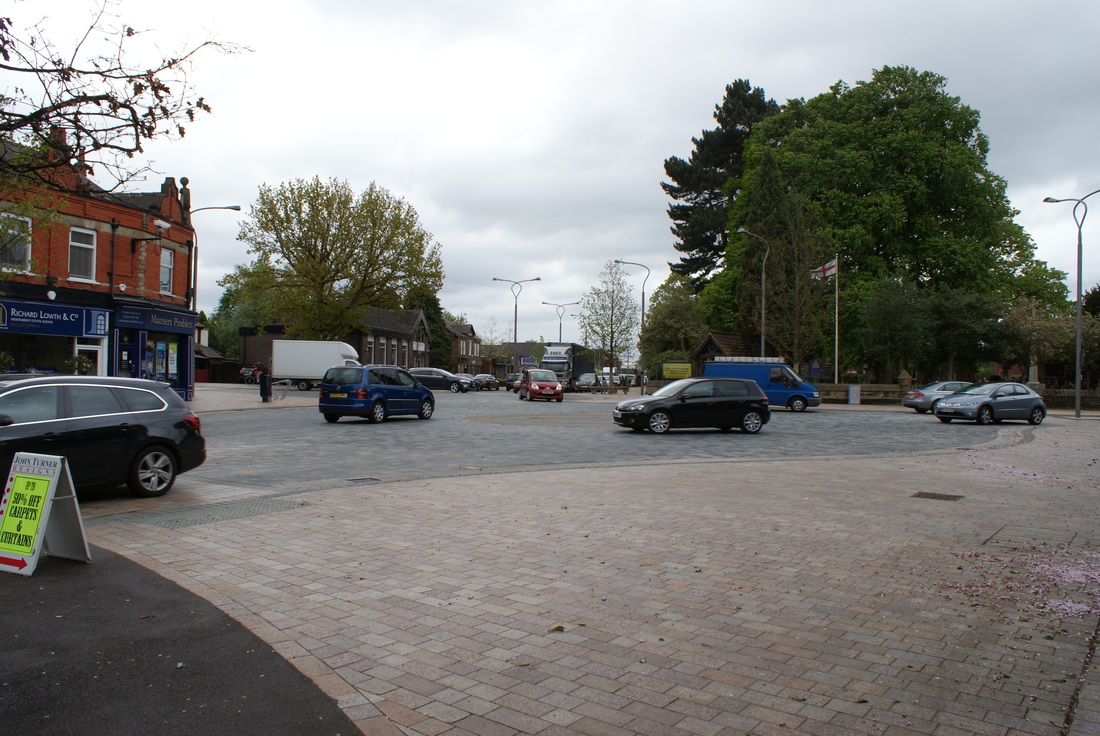
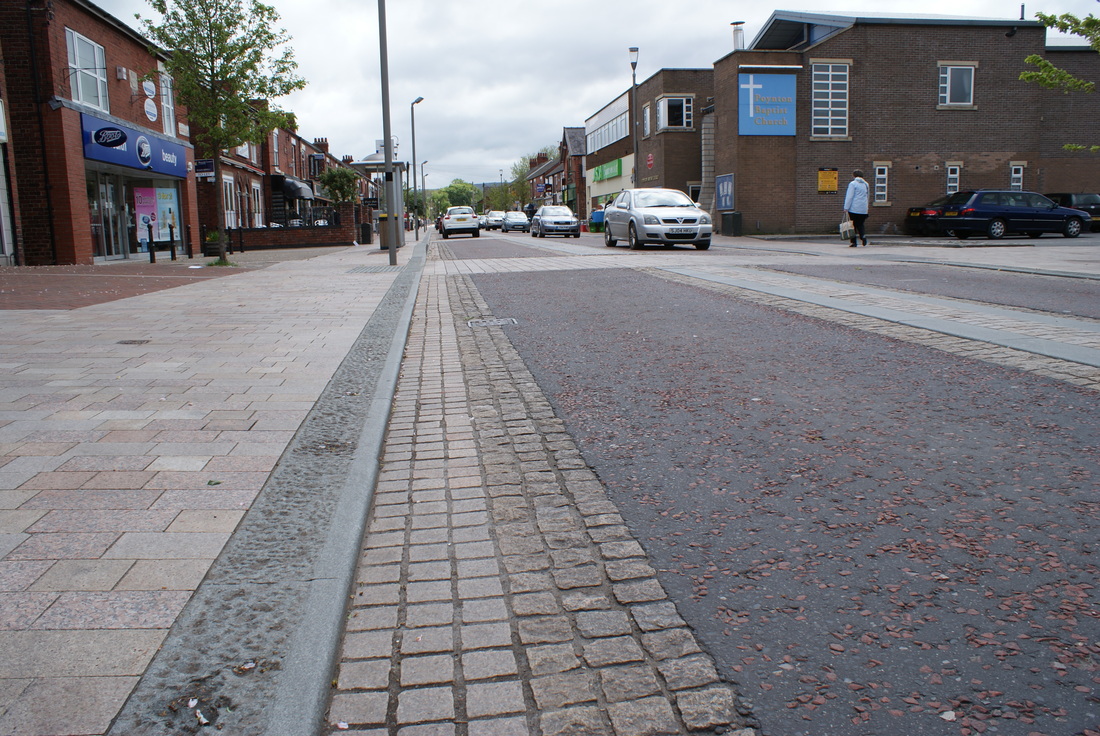
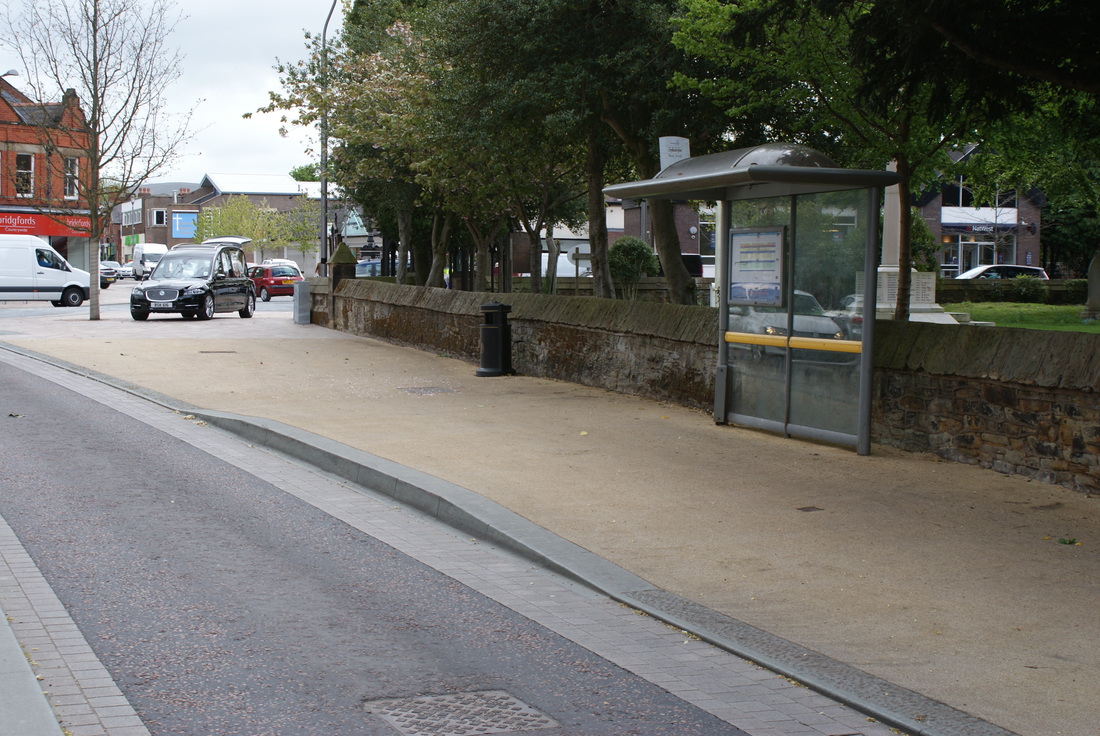
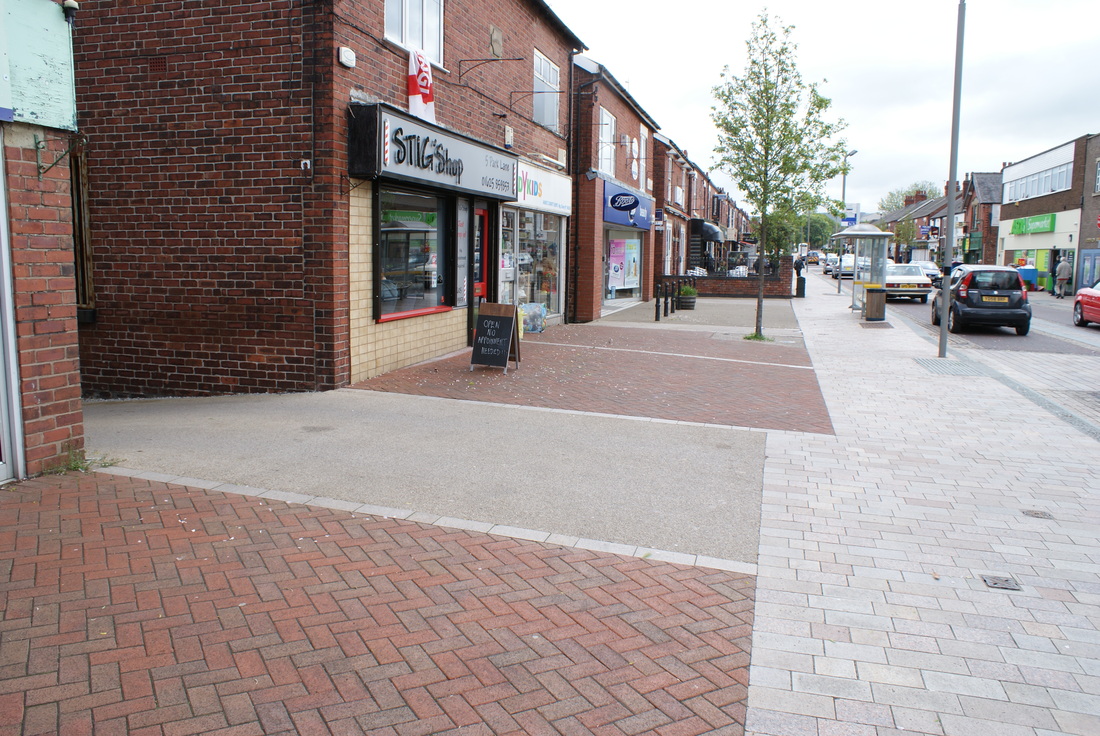
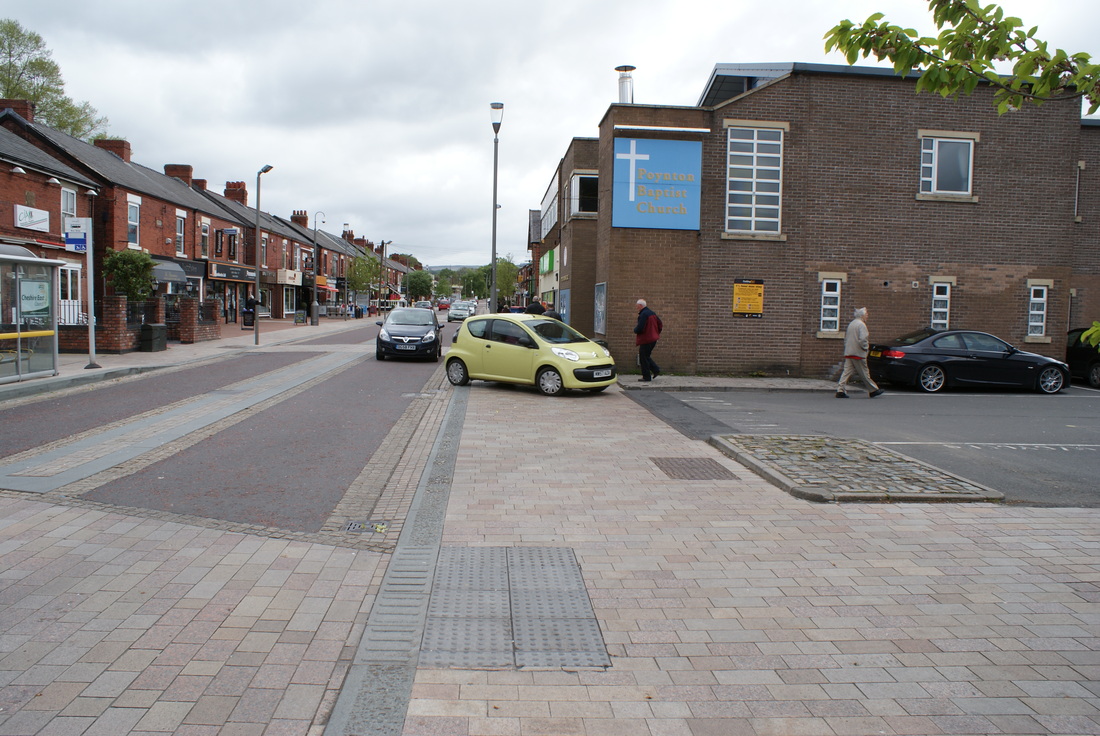
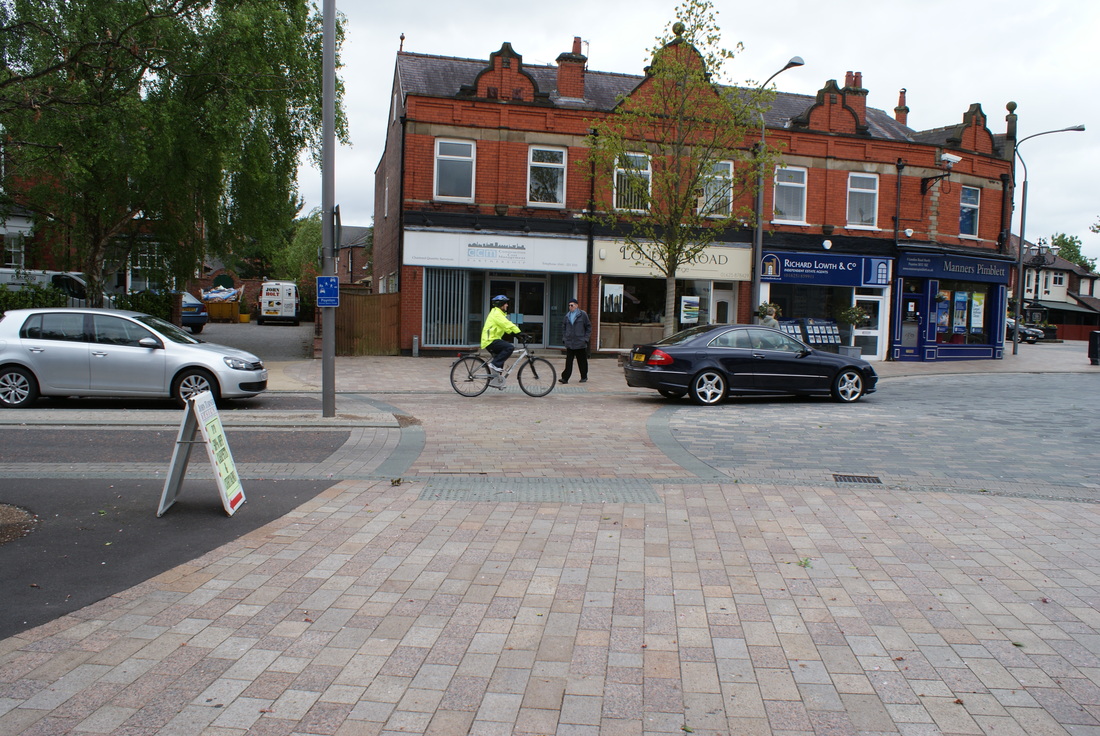


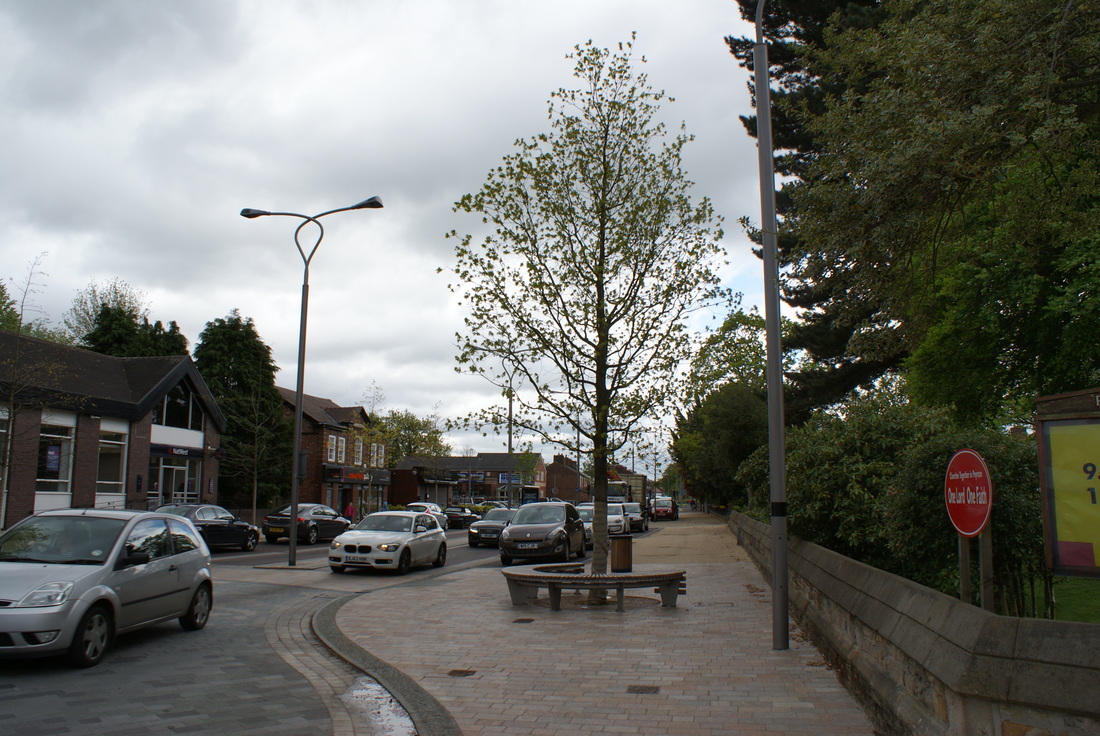
 RSS Feed
RSS Feed


